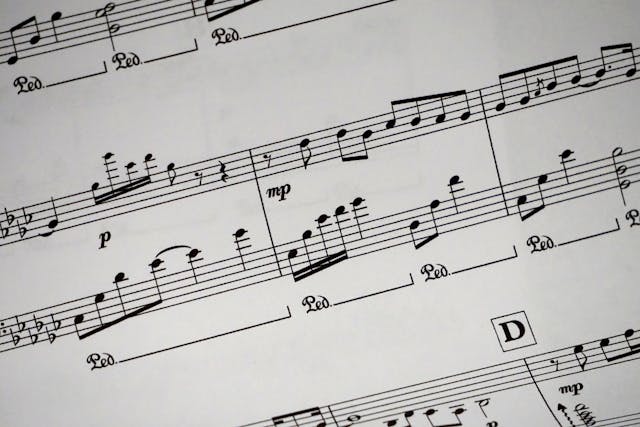Introduction
The Piano as a Musical Culture, transcending its role as a mere musical instrument, embodies a rich tapestry of cultural heritage, innovation, and artistic expression. Its evolution from a novelty in the courts of Europe to a staple in concert halls, educational institutions, and homes worldwide narrates a story of societal changes, technological advancements, and an ever-deepening appreciation for music. This article delves into the piano’s journey as a pillar of musical culture, exploring its influence on composers, performers, and audiences across the globe.
The Birth of a Cultural Phenomenon
The piano’s invention by Bartolomeo Cristofori in the early 18th century marked the beginning of a new era in music history. The instrument’s ability to play soft and loud notes (piano and forte, respectively) was revolutionary, offering composers and musicians a new expressive possibility. The piano quickly gained popularity among the European aristocracy, symbolizing sophistication and cultural refinement.
The Romantic Era: The Piano Takes Center Stage
The Romantic era witnessed the piano achieving unparalleled prominence, with composers such as Frédéric Chopin, Franz Liszt, and Robert Schumann elevating it to the heart of musical culture. The piano became the medium through which the Romantic ideals of emotion, individualism, and nature were expressed. This period also saw the rise of the virtuoso pianist, with performers like Liszt and Clara Schumann achieving celebrity status, captivating audiences with their technical brilliance and emotional depth.

The Piano in the Home: Spreading Musical Literacy
The 19th and early 20th centuries saw the piano become a fixture in middle-class homes, serving as a focal point for entertainment and education. The instrument played a key role in social gatherings, with sing-alongs and amateur performances becoming common. This democratization of music-making contributed to a broader musical literacy, as playing the piano became an artistic pursuit and a valuable social skill.
The Evolution of Piano Manufacturing
The piano’s cultural ascendancy spurred manufacturing innovations, with companies like Steinway & Sons, Yamaha, and Bösendorfer pushing the boundaries of design and technology. The improvements in sound quality, durability, and affordability made the piano more accessible to a wider audience, further embedding it in the fabric of musical culture.
The Piano in Contemporary Education and Performance
In contemporary times, the piano plays a crucial role in music education, offering students a foundational understanding of music theory, harmony, and performance practice. The instrument’s repertoire serves as a gateway to the broader world of music, encompassing genres ranging from classical to jazz and popular music. Furthermore, piano competitions and festivals, such as the International Chopin Piano Competition and the Van Cliburn International Piano Competition, continue to foster new generations of talent, highlighting the piano’s ongoing relevance in the global music scene.
The Piano in Popular Culture
The piano’s influence extends beyond the concert hall into popular culture, with the instrument featuring prominently in film scores, popular songs, and multimedia installations. Films like “Amadeus” and “The Pianist” illustrate the piano’s power to convey complex emotions and historical narratives. At the same time, contemporary artists such as Billy Joel, Elton John, and Alicia Keys have brought the piano to the forefront of popular music, bridging classical and modern styles.

The Digital Age: The Piano Reimagined
The digital revolution has introduced a new chapter in the piano’s cultural story, with digital pianos and keyboards offering new possibilities for learning, composition, and performance. Software and apps designed for piano education democratize access to musical instruction, allowing users from diverse backgrounds to explore the world of piano music. Moreover, electronic music producers and experimental composers innovatively employ piano sounds, blending acoustic timbres with electronic textures and expanding the instrument’s cultural significance.
The Piano as a Cultural Bridge
The piano’s global presence has made it a cultural bridge, uniting artists and audiences across geographic and cultural divides. The instrument’s repertoire encompasses works from diverse traditions, reflecting the piano’s ability to adapt and resonate within various musical contexts. This universality makes the piano a robust cultural exchange and mutual understanding tool.
Conclusion
The piano’s journey from a baroque invention to a cornerstone of musical culture reflects its profound impact on the art of music and society. As a vessel of tradition and innovation, the piano has been shaped by the cultural currents of its time, evolving in response to artistic, technological, and social developments. The instrument’s enduring appeal lies in its capacity to convey the full spectrum of human emotion, offering performers and listeners a means of expression and connection. As we look to the future, the piano’s role in musical culture remains vibrant, continuing to inspire creativity, foster community, and enrich the human experience.
